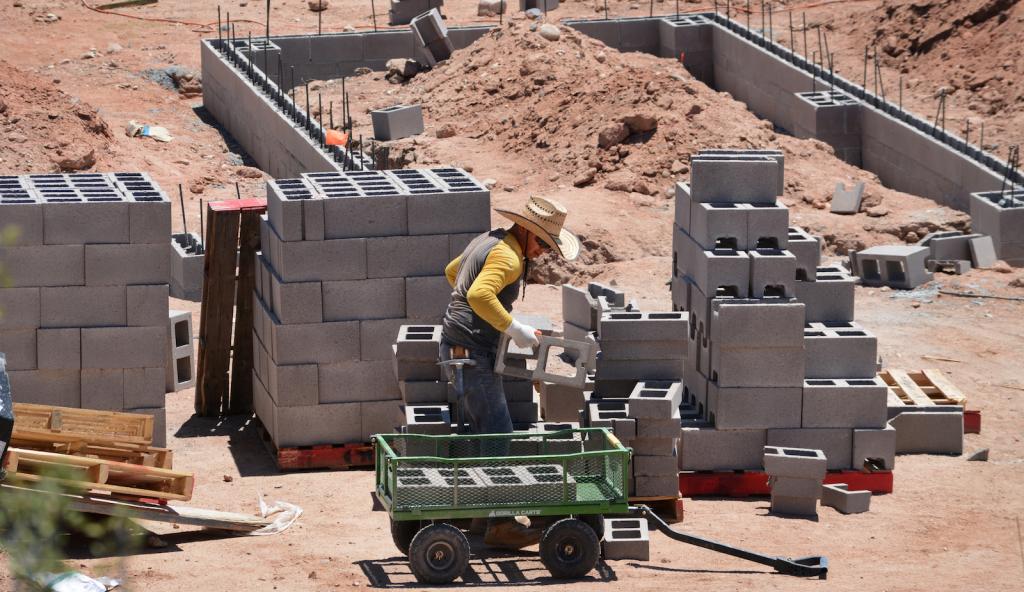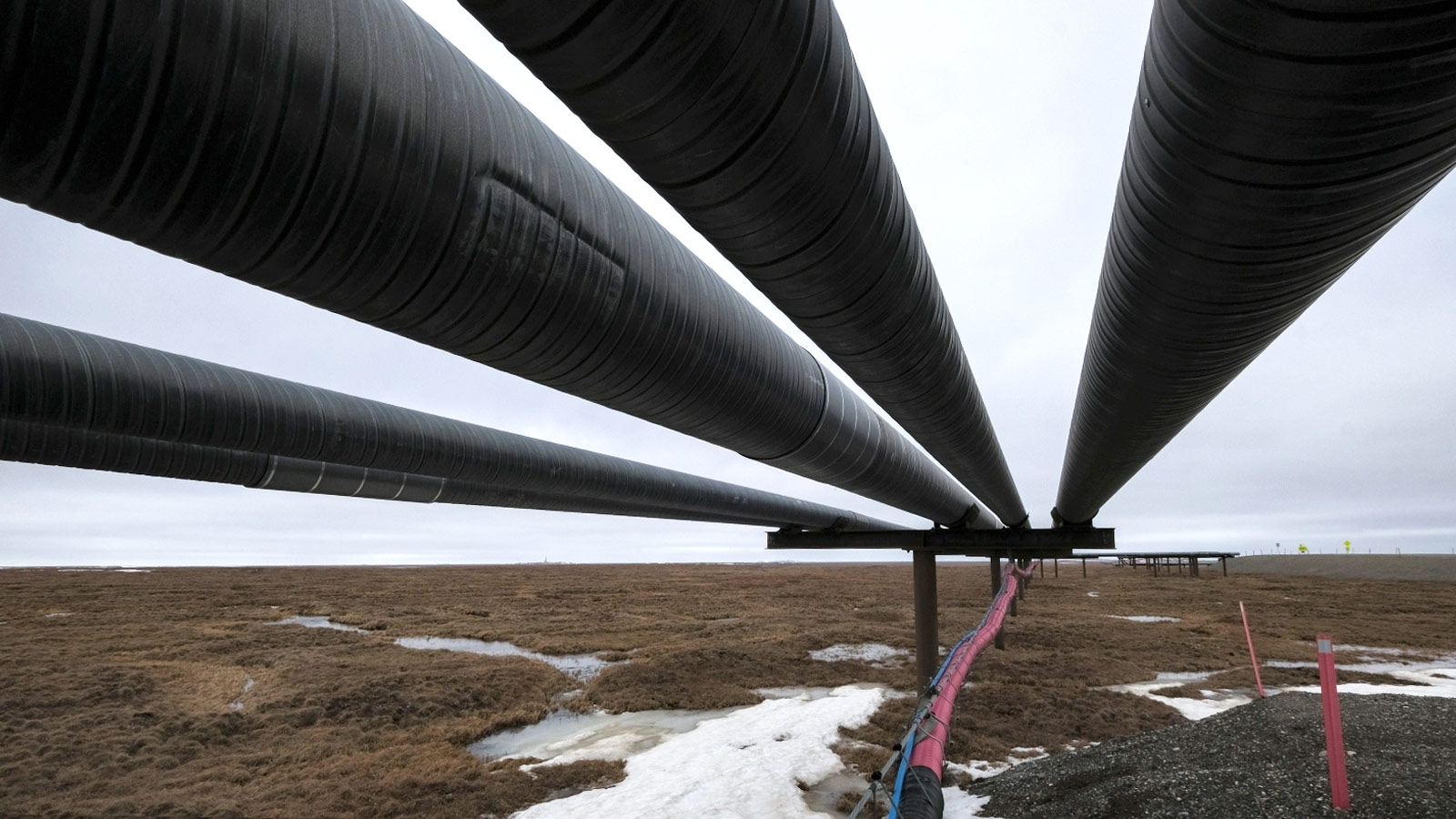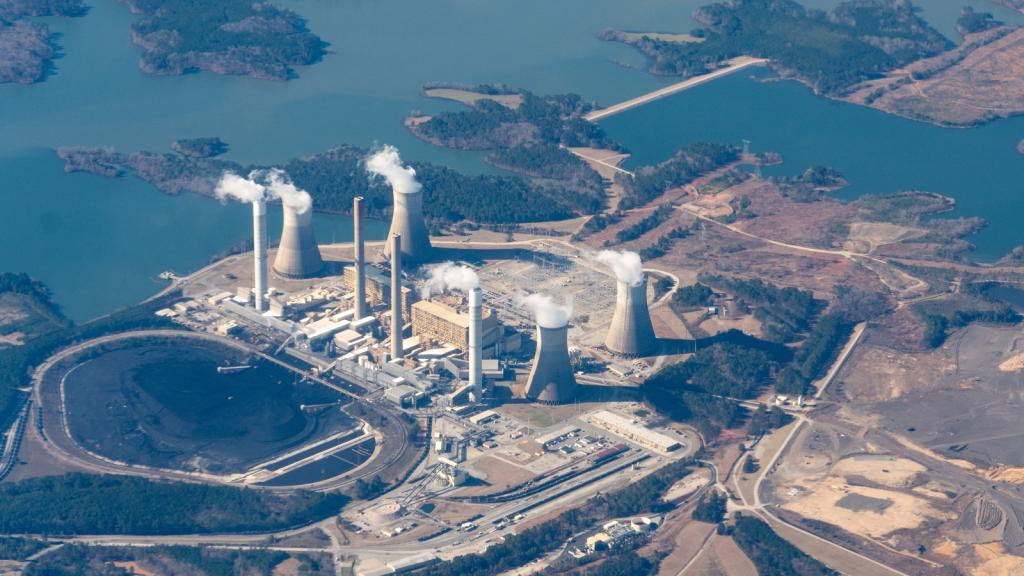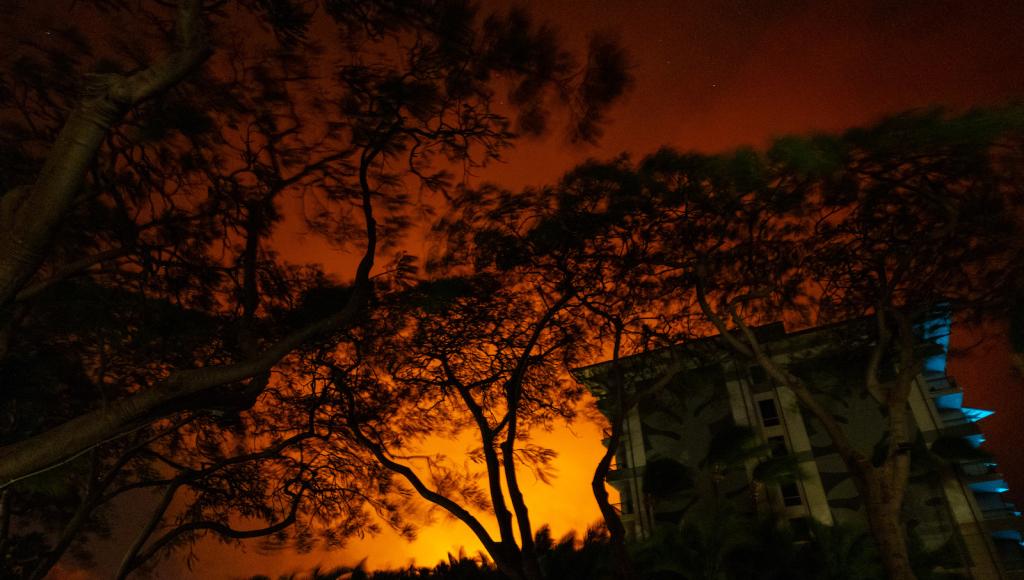Since taking office, the Biden administration has faced intense cross-pressure regarding the Willow Project, a ConocoPhillips venture that would open up an immense swath of public land on Alaska’s North Slope to new oil drilling. While Alaska politicians and oil industry figures have vigorously lobbied the administration to approve the project — particularly in the wake of the energy crisis stemming from Russia’s invasion of Ukraine — progressives, environmental groups, and some Alaska Native communities have strenuously opposed it.
On Monday, the administration tried to placate both sides. The Bureau of Land Management announced its final approval of the project, clearing the way for ConocoPhillips to start drilling over the next few years. At the same time, the Department of the Interior said that it will restrict future drilling in other parts of Alaska as well as ban offshore oil drilling in a swath of Arctic Ocean waters.
The most recent Bureau of Land Management estimates suggest that Willow could produce some 600 million barrels of oil over 30 years, generating as much as $17 billion in revenue for Alaska and the federal government. Its projected economic impact has helped the project garner nearly universal support from elected officials in Alaska at the state and federal level, as well as the endorsement of some Alaska Native communities. Dan Sullivan, one of the state’s Republican senators, has also claimed that Willow could help counter “the dictator in Moscow” by reducing global reliance on Russian oil.
The project’s potential productivity has triggered the opposite response in environmentalist circles, with the Democrat-aligned think tank the Center for American Progress declaring Willow a “carbon disaster” when it called on the president to reject the project last year. As a candidate, Biden said that if he were elected there would be “no new drilling on federal lands, period.” The approval of the Willow Project marks the first time the president has broken this promise without being forced to by Congress or federal courts.
According to the government’s own estimate, Willow could result in the release of more than 249 million tons of carbon dioxide over three decades, after all the oil is drilled and burned — the equivalent of adding around 2 million cars to the road each year. Furthermore, an investigation published by Grist in October suggested that rapid permafrost thaw in the region could create little-understood safety risks if drilling continues as planned. Already last spring, a monthlong natural gas leak caused by Conoco’s nearby drilling led to hundreds of evacuations and panic in the Alaska Native village of Nuiqsut.
ConocoPhillips has been pursuing Willow since at least 2015, when the company’s engineers made a major oil discovery on leases that the company had owned for more than a decade. The Trump administration tried to force the project through the approval process in late 2020, but a federal court ruling kicked the decision back to the incoming Biden administration the following year. Biden’s Bureau of Land Management pushed forward a scaled-down version of the project last month, suggesting Conoco should be allowed to drill at three of its five proposed well pads on the site.
Meanwhile, the announcement from the Interior Department would protect an enormous swath of Alaska wilderness from future development, creating what one official described to the New York Times as a “firewall” against future drilling projects of Willow’s scale. In a press release on Sunday, Interior said it is drafting a rule that will prohibit oil drilling on more than half of the 23 million acres of the National Petroleum Reserve, which is the location of the Willow Project and the largest single swath of public land in the U.S. The announcement also promised to protect 3 million acres of offshore waters on the Beaufort Sea.
In a statement, the Department said the rule was intended to “ensure this important habitat for whales, seals, polar bears, as well as for subsistence purposes, will be protected in perpetuity from extractive development.” It also said the new safeguards are “responding to Alaska Native communities who have relied on the land, water, and wildlife to support their way of life.”
Climate groups do not appear appeased by the proposed safeguards, arguing that new protections don’t make up for the damage the Biden administration will cause by approving Willow. Kristin Monsell, an attorney for the nonprofit Center for Biological Diversity, told the New York Times on Sunday that the split decision was “insulting.”
“Protecting one area of the Arctic so you can destroy another doesn’t make sense,” she said, “and it won’t help the people and wildlife who will be upended by the Willow project.”



